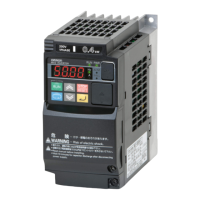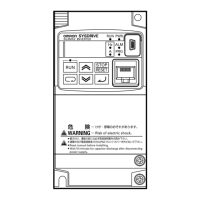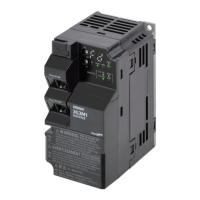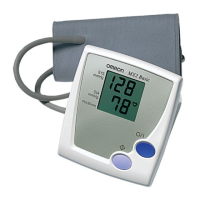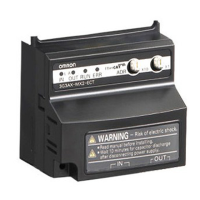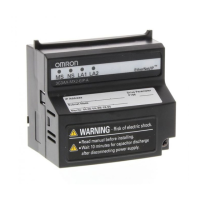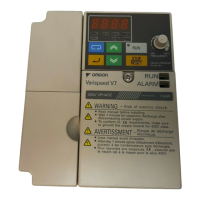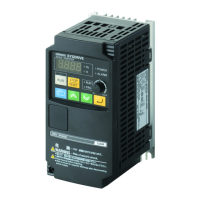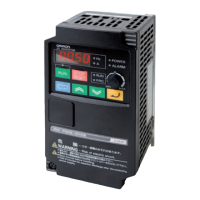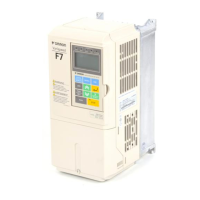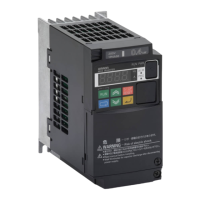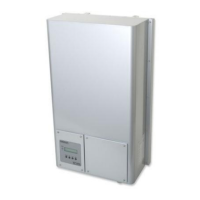249
Maintenance and Inspection Section 6-4
6-4-4 General Inverter Electrical Measurements
The following table specifies how to measure key system electrical parame-
ters. The diagrams on the next page show inverter-motor systems and the
location of measurement points for these parameters.
Note 1 Use a meter indicating a fundamental wave effective value for voltage, and
meters indicating total effective values for current and power.
Note 2 The inverter output has a distorted waveform, and low frequencies may cause
erroneous readings. However, the measuring instruments and methods listed
above provide comparably accurate results.
Note 3 A general-purpose digital volt meter (DVM) is not usually suitable to measure
a distorted waveform (not pure sinusoid).
Parameter Circuit location of
measurement
Measuring
instrument
Notes Reference
Value
Supply
voltage E
1
E
R
– across L1 and L2
E
S
– across L2 and L3
E
T
– across L3 and L1
Moving-coil
type volt-
meter or
rectifier type
voltmeter
Fundamental
wave effective
value
Commercial
supply volt-
age
200 V class:
200-240 V,
50/60 Hz
400 V class:
380-460 V,
50/60 Hz
Supply
current I
1
I
r
- L1
I
s
- L2
I
t
- L3
Total effective
value
–
Supply
power W
1
W
11
– across L1 and L2
W
12
– across L2 and L3
Total effective
value
–
Supply
power
factor Pf
1
–
Output
voltage E
O
E
U
– across U and V
E
V
– across V and W
E
W
– across W and U
Rectifier
type voltme-
ter
Total effective
value
–
Output
current I
O
I
U
- U
I
V
- V
I
W
- W
Moving-coil
type amme-
ter
Total effective
value
–
Output
power W
O
W
O1
– across U and V
W
O2
– across V and W
Electronic
type watt-
meter
Total effective
value
–
Output
power
factor Pf
O
Calculate the output power factor from the output
voltage E, output current I, and output power W.
–
%100
3
11
W1
1
×
××
=
IE
Pf
%100
3
1
×
××
=
OO
O
IE
W
Pf
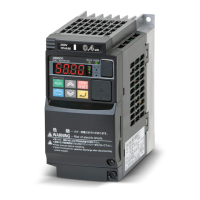
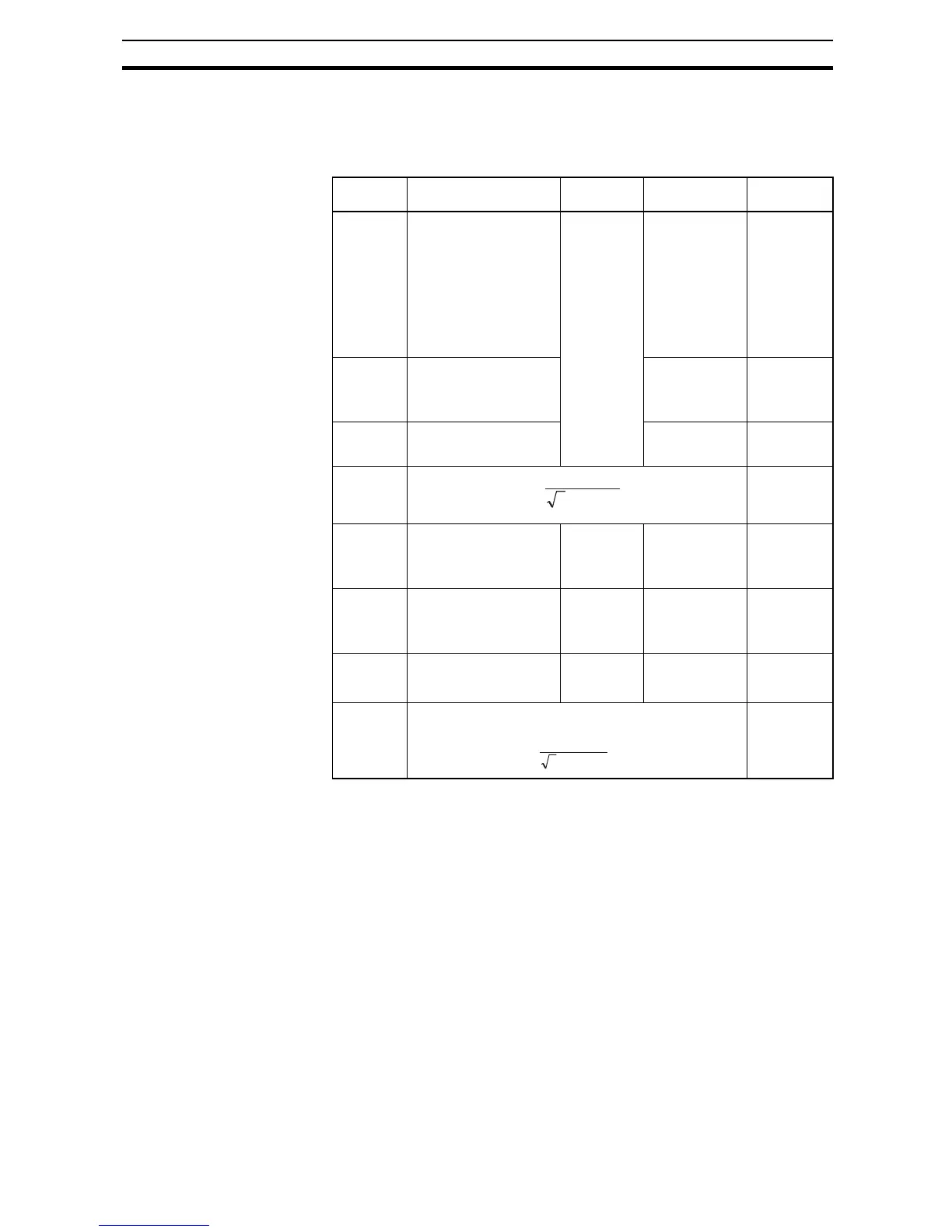